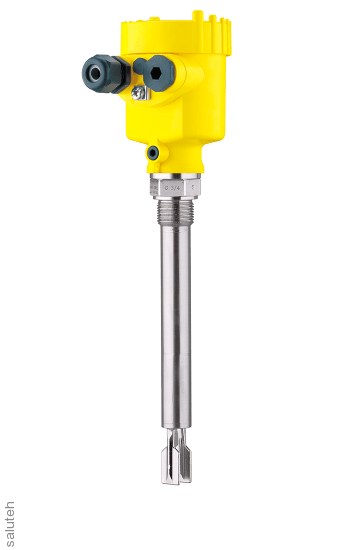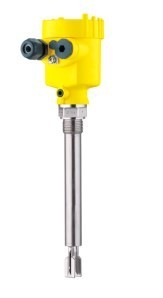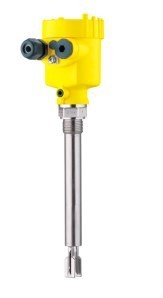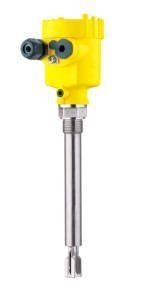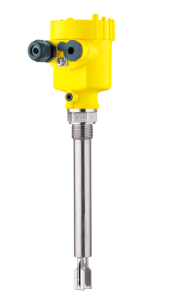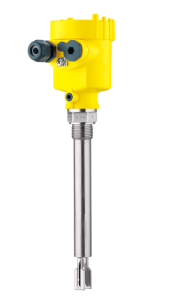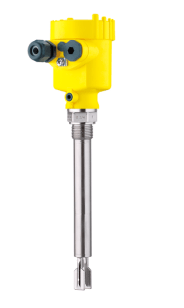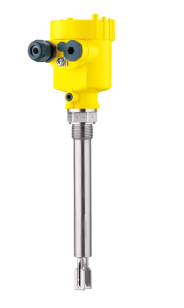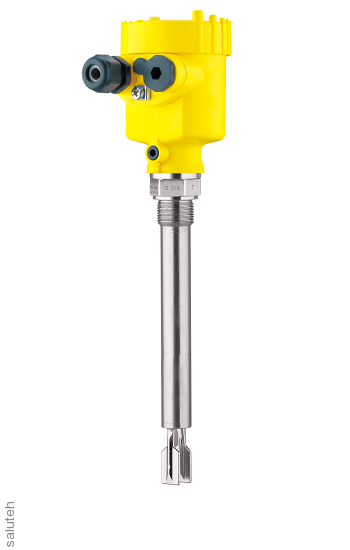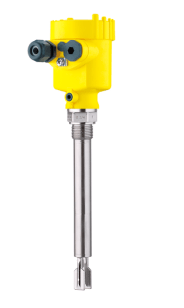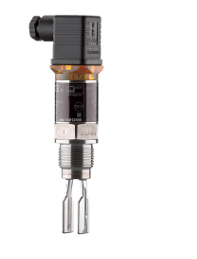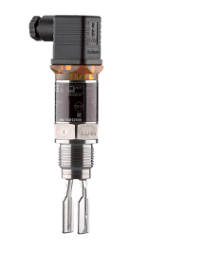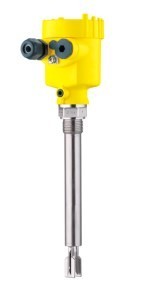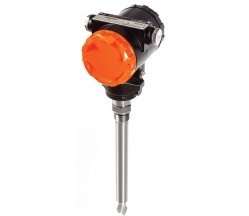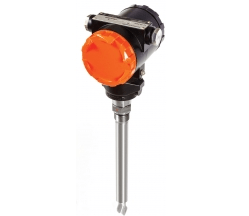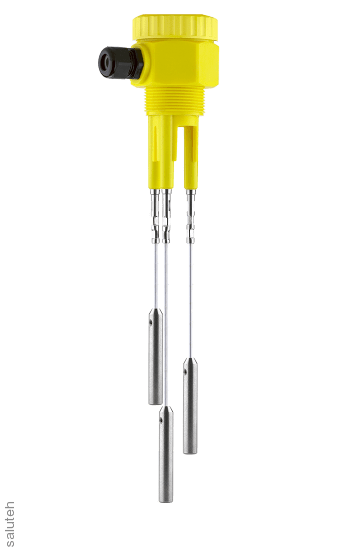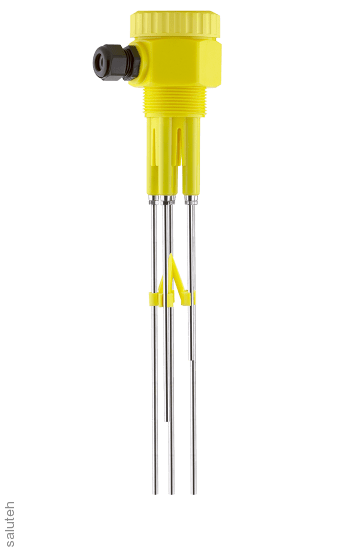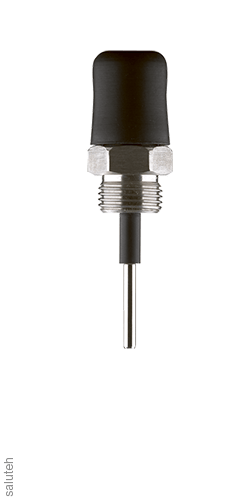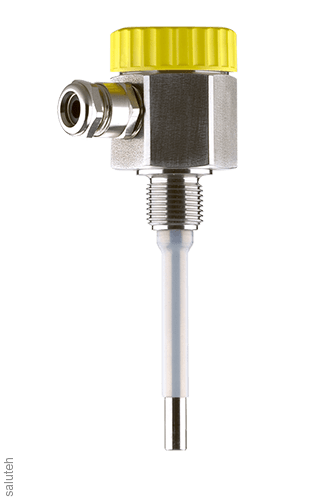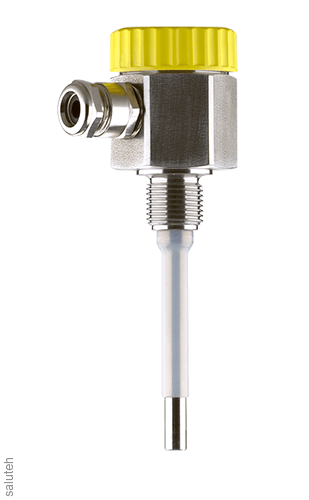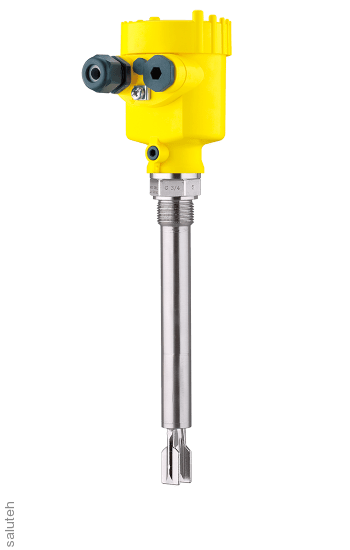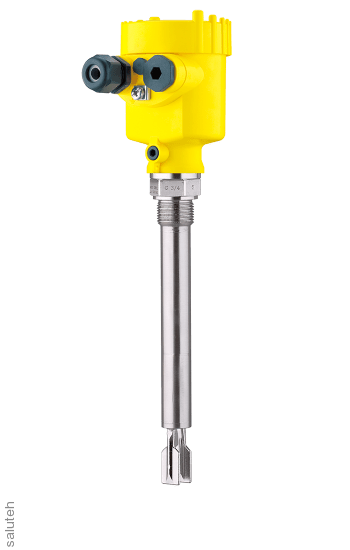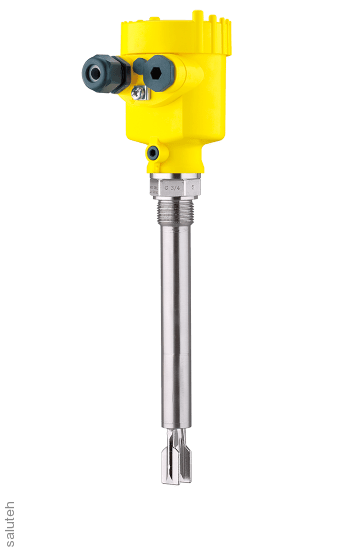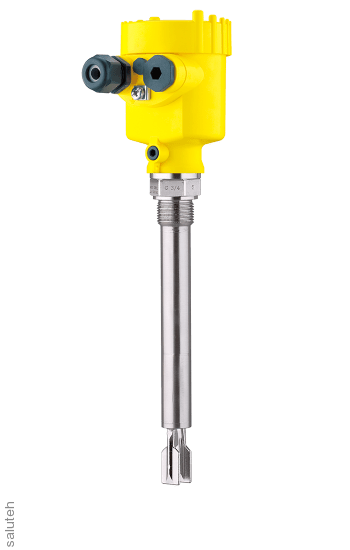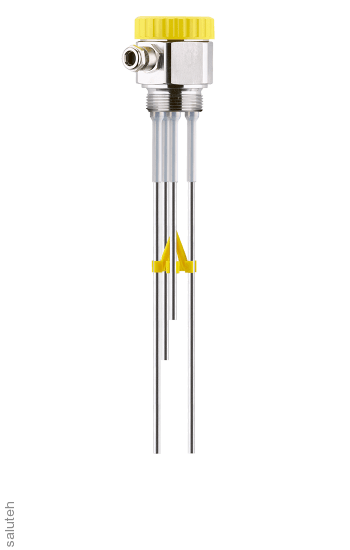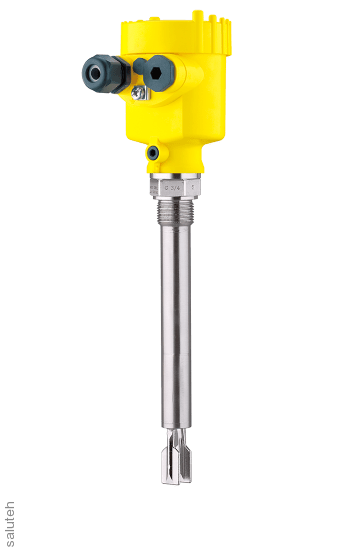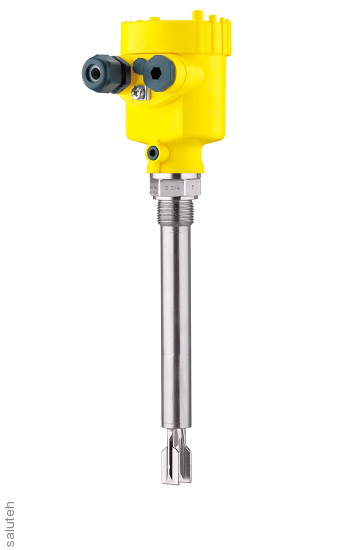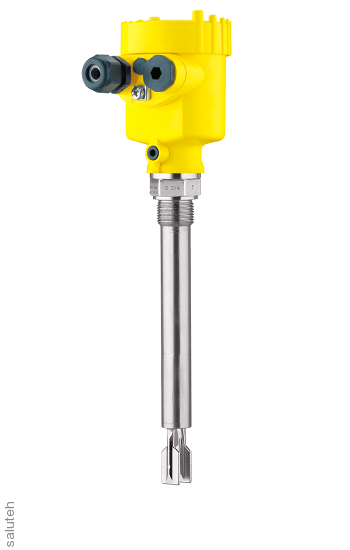Level alarms
Level detectors are devices designed to automate technological processes related to the discrete control and regulation of one or more fixed positions of the liquid or bulk substances level.
According to the physical principle of operation, the following types of level alarms are distinguished:
- Float level alarms.
- Capacitive level detectors.
- Ultrasonic level detectors.
- Vibration alarms.
- Conductometric sensors-relays.
Design and principle of operation
The design of measuring devices of this type is determined by the following parameters:
- Depending on the functionality of this device, it is customary to divide it into alarms and level gauges.
- The principle of operation, it can be based on: hydrostatics, electrical conductivity, magnetism, optics, acoustics, etc. Actually, this is the main parameter that determines the scope of application.
- By measuring method (contact or non-contact).
According to the principle of operation, alarm regulators are divided into mechanical and electrical, acoustic (ultrasonic) relay sensors.
Mechanical level regulators are float-type, with a sensitive element — a float floating on the surface of the liquid, the movement of which is monitored by the measuring system of the device;
or vibratory with a tuning fork vibrating at a resonant frequency, the oscillation frequency of which changes when immersed in a denser measured product.
Electric level regulators are capacitive and conductometric. In capacitive sensors, the sensing element is a capacitor, the capacity of which varies proportionally to the change in the liquid level.
The effect of a conductometric sensor relay is based on measuring the resistance between electrodes placed in the measured medium (one of the electrodes may be a metal tank wall).

